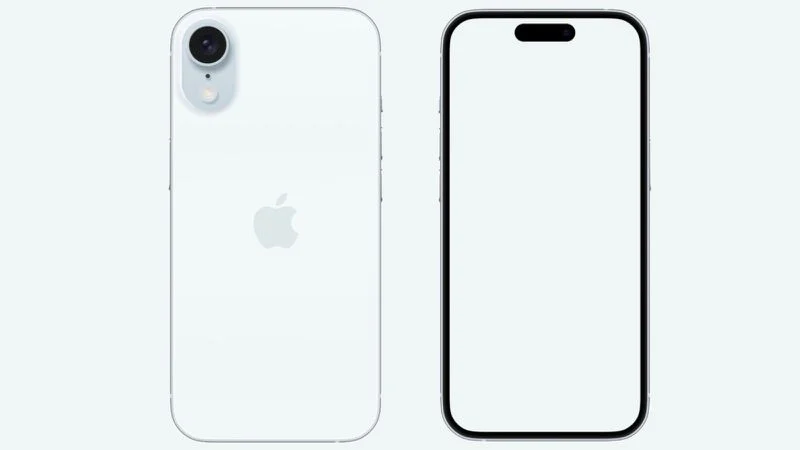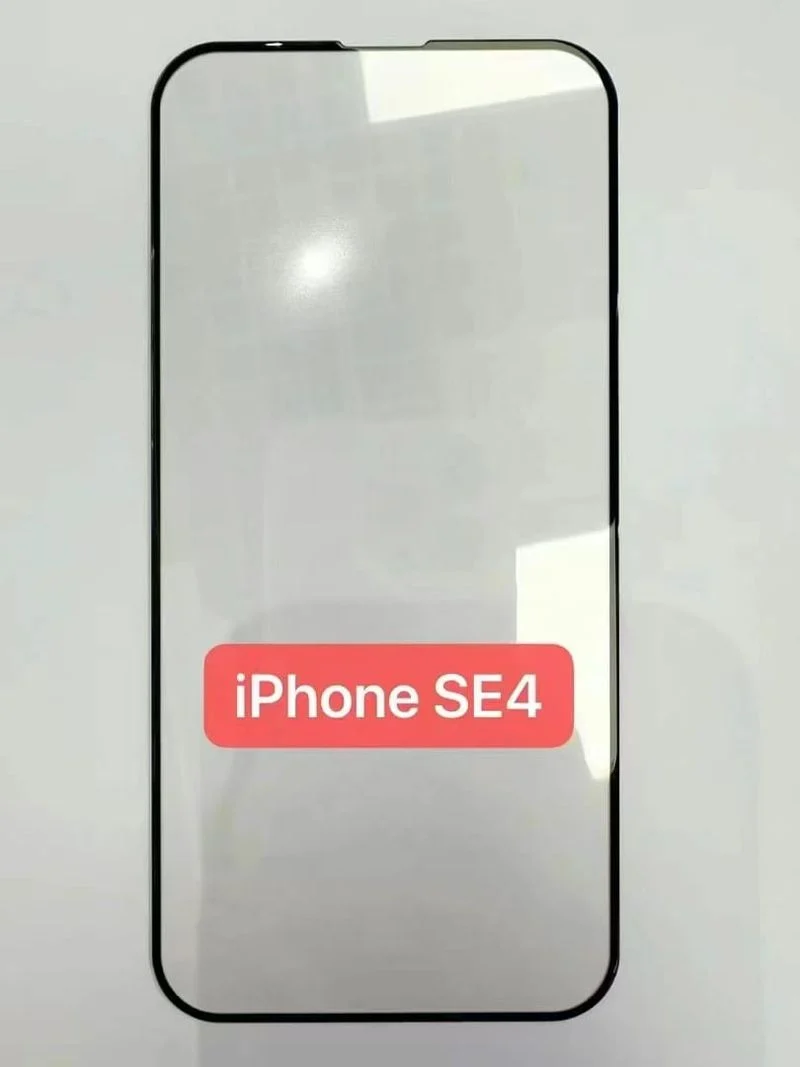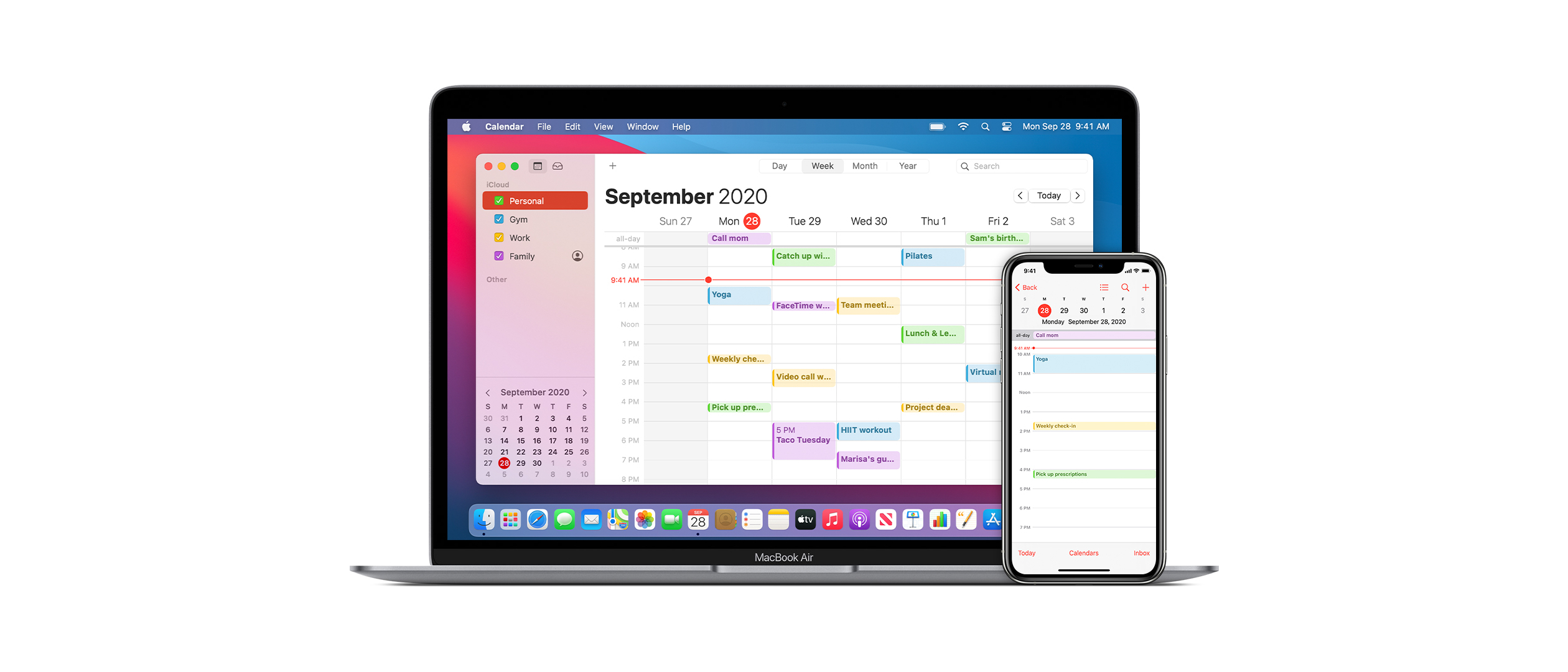Apple introduced its high-end iPhone 16 series last fall, bringing lots of new technology, including Apple Intelligence. But soon, there’s going to be a new, cheaper iPhone with similar cool features. Here’s when you can expect the iPhone SE 4 to come out.
When Will the New iPhone SE Come Out?
Rumors suggest that Apple is planning to release the iPhone SE 4 in early 2025. Specifically, March 2025 seems to be the most likely month.
Apple doesn’t usually launch big products in January or February, except for the Vision Pro last year. However, they often have new product announcements in March or April. Given what we know about how they’re making the iPhone SE 4, March looks like the best guess.
Here’s when past iPhone SE models were released:
- iPhone SE 3: March 18, 2022
- iPhone SE 2: April 24, 2020
- iPhone SE: March 24, 2017
The only time Apple released an SE in April was during the global health crisis, hinting that March might be more typical for these launches.
What’s New with the iPhone SE 4?
The upcoming iPhone SE 4 is set to be a major step up from the current model. Here’s what you might see:
- A screen that goes from edge to edge, with Face ID instead of a Home button, and a notch at the top
- Powered by the same A18 chip as the iPhone 16
- 8GB of memory
- Support for Apple Intelligence
- A 48MP camera matching the iPhone 16’s quality
- A USB-C port for charging
- Apple’s first self-made 5G chip
While this new model won’t have every fancy feature of the pricier iPhone 16, it’s expected to offer great value. The current iPhone SE starts at $429, but the new one might start a bit higher, perhaps at $499 or less, and definitely with more storage space.
The iPhone SE 4 is shaping up to be an excellent choice for anyone looking for a lot of features without spending a fortune.






